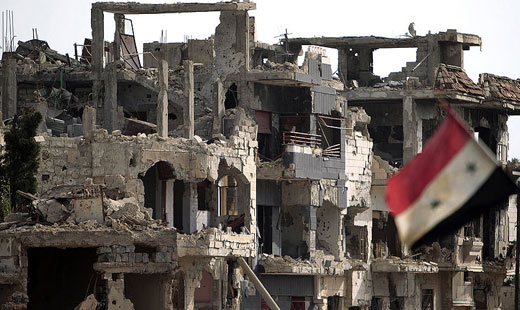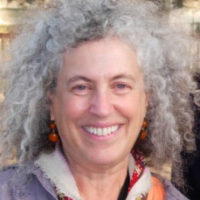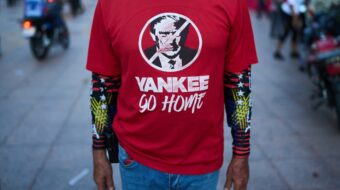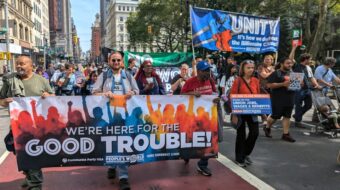
United Nations weapons inspectors, in their long-awaited report on the alleged Aug. 21 chemical weapons attacks in the Damascus area, did not determine who perpetrated the attacks. The team, headed by Ake Sellstrom of Sweden, will return to Syria soon, possibly next week, to continue their investigations, including at other sites where chemical weapons were allegedly used.
Contrary to what headlines in major U.S. media have implied, the UN inspectors made no mention or suggestion of who might have carried out the Aug. 21 attacks. What they said was this: “the conclusion is that chemical weapons were used” in the Ghouta area of Damascus “against civilians, including children, on a relatively large scale.”
They also said they had found “clear and convincing evidence that surface-to-surface rockets containing the nerve agent Sarin were used.” (According to Wikipedia, surface-to-surface rockets may be fired from hand-held or vehicle-mounted devices, or from fixed installations.)
What some U.S. media have done is state a conclusion that they, or certain people they have consulted, have drawn about who the guilty party is. For example, the New York Times headlined a Sept. 17 article: “U.N. Data on Gas Attack Point to Assad’s Top Forces.” However the article itself deals solely with conjecture about rocket trajectories at two out of the five sites the weapons inspectors visited.
It may well be that further investigation finds definitive evidence the Syrian government indeed carried out the attacks. But as of now, the case is not closed.
Nick Brown, editor-in-chief of the British IHS Jane’s International Defense Review, said that though the UN report appears to prove that sarin was used in significant quantities in Syria, “I have not personally seen any compelling data that proves beyond doubt who the weapons were used by.”
He added: “There is a degree of circumstantial evidence that appears to point to the attack originating with the Assad forces, but the exact forensic detail of who prepared and then triggered the weapons remains unclear and was beyond the scope of the UN investigation.”
Security analyst Anthony Cordesman, no leftist, in a detailed commentary calls the UN report “one third of the story that needs to be told.” Although clearly inclined to the view that the Assad regime was the perpetrator, Cordesman points to a number of limitations to the report. These include the fact that the UN team’s investigations were rushed and very brief, and that the sites the team visited had been previously “disturbed for days.” As he puts it, “The inspectors had little time and the sites that they went to show that much of the evidence has already been disturbed or removed.”
He also notes, “They examined only a limited number of survivors and did not examine the dead at all. … The inspectors did not have the kind of access that allowed them to determine the number of dead and wounded, determine whether the attack left persons who were permanently injured, or assess the lethality of the chemical attacks versus reports of artillery shelling of the site with conventional weapons.” In other words, it’s not clear whether the deaths and injuries can be conclusively tied to chemical weapons rather than ordinary weapons such as mortar shells.
Also, the UN team was not able to confirm the actual death toll, for which widely varying numbers have been reported. More work is needed, he says, to get an accurate assessment of the total casualties, “clarifying the total mess the conflicting British-U.S. estimates have made.”
In Cordesman’s view the data in the UN report are not adequate to “tie them firmly to the Assad regime.”
Russian officials, from a different viewpoint, also say the UN report is based on insufficient information. They cite evidence given to them by the Syrian government that implicates rebels in the Aug. 21 attacks.
It is important to note that this is not the only new UN report on violations of international law in the Syria conflict. UN human rights investigators, in a Sept. 11 report, found that war crimes are being committed by both sides in Syria.
Photo: Somewhere in Syria, Sept. 9, 2013. Wikimedia Commons










